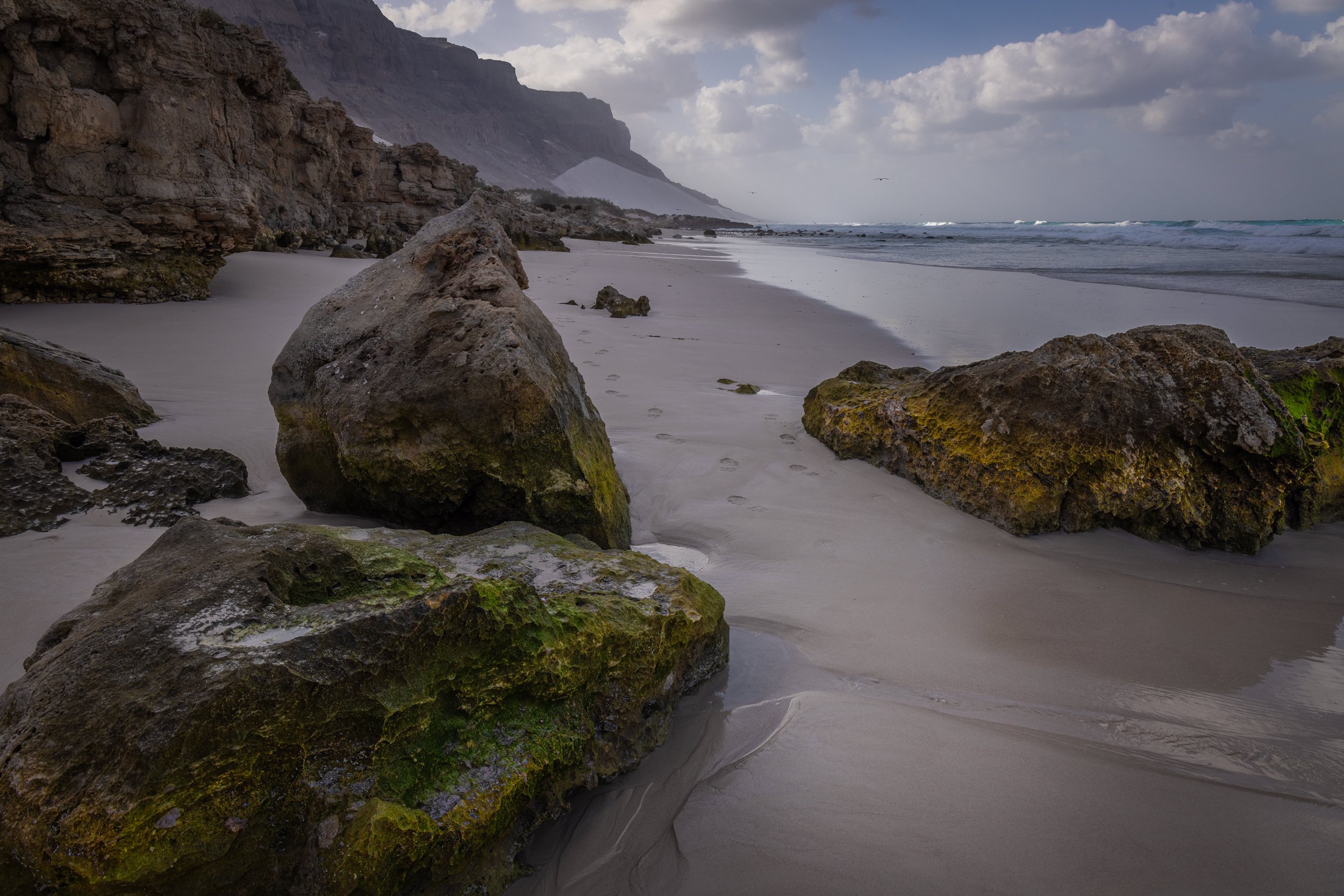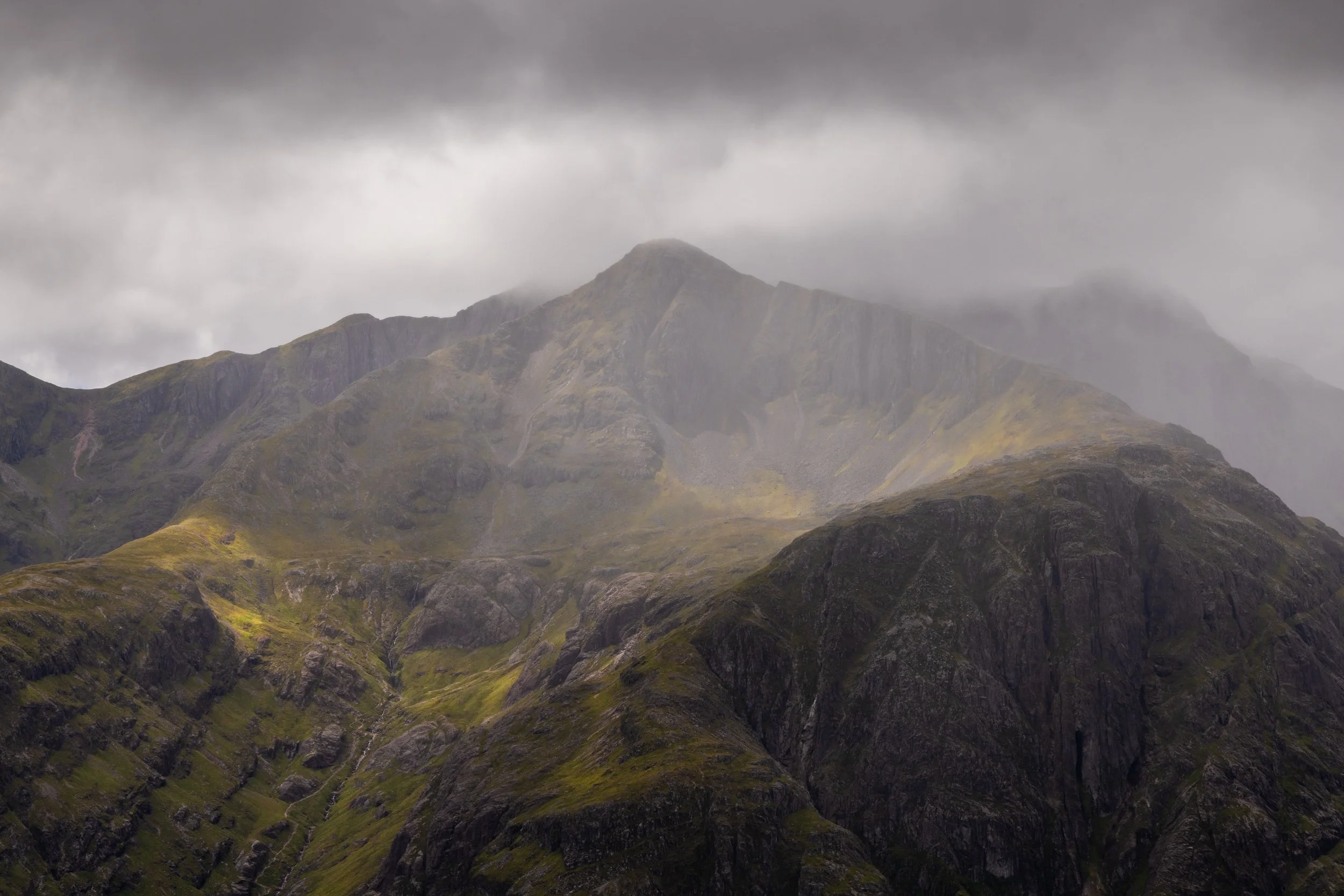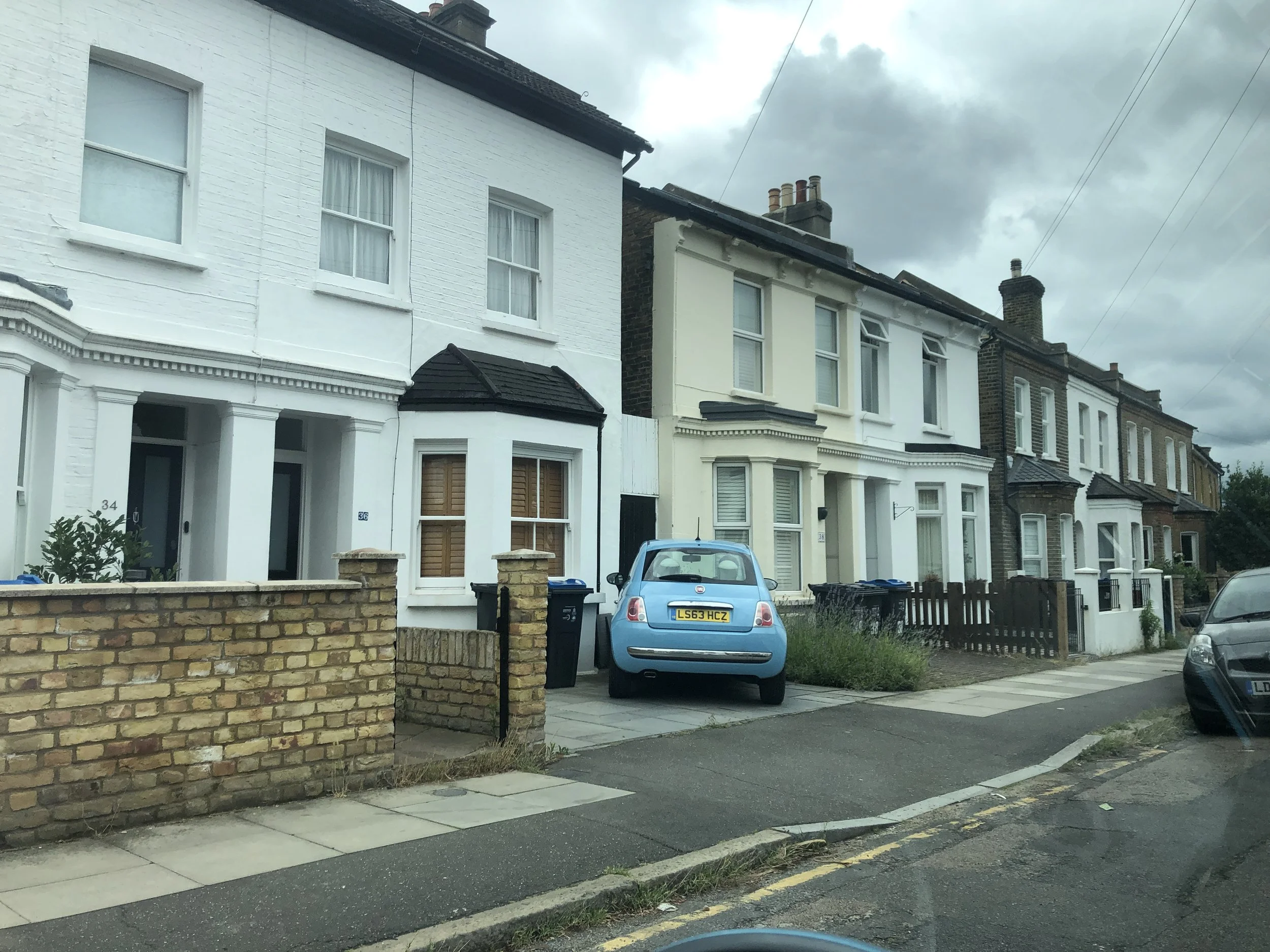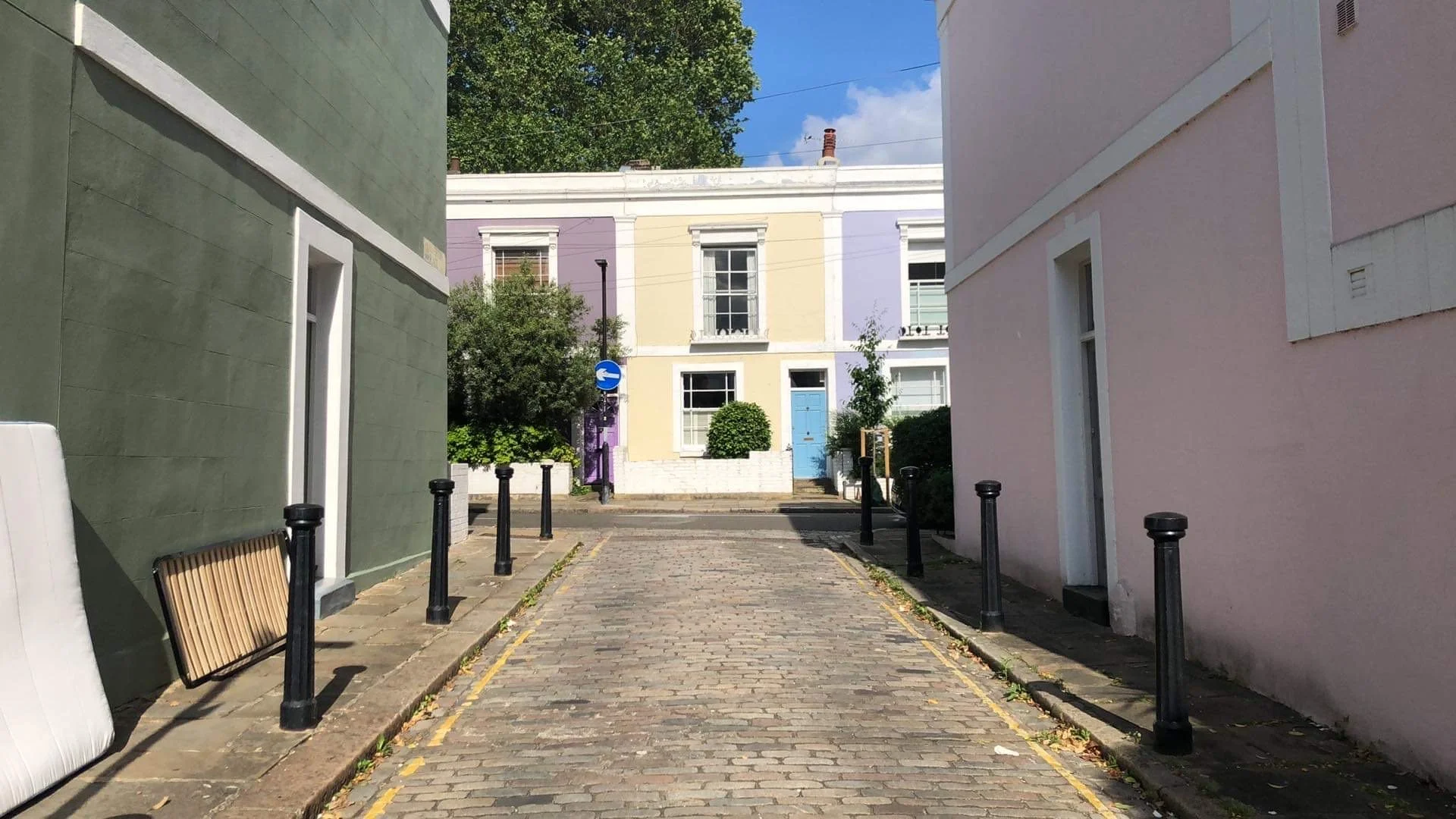The wind whipped around my tent all night
denying me of any hope of sleep.
I felt the only thing holding my dome home down, was me.
I emerged into the morning light feeling groggy and lacking energy.
Today could be the day that I break my coffee drought and venture into unknown territory - instant coffee.
I was desperate for a hint of alertness.
The thought of instant coffee made me shudder, but the sickly sweet tea wasn’t cutting the mustard.
Breakfast was a delicious feast of beans, soft sweet dates, eggs and cheese, washed down with instant coffee.
As we ate, groups of school kids dressed in spotlessly clean white and blue uniforms wandered by our group.
We must have been an odd sight, camped there in a river bed, and we eye-balled each with curiosity and friendly waves as they continued their no doubt long trek, to a no doubt dilapidated building in order to get some sort of education. I admired their commitment and resilience, especially considering their day probably started with a 10km walk to school..
Kids walking to school with their backpacks full of hope.
Today was the day we would go to Kilisan Wadi, where we would hike to the deep greeny-blue waters amidst steep limestone cliffs. This was a location I was very excited to see, and the warming day brought with it the promise of cooling down in this stunning location where our inner instagrammer could be set free.
The driving to Kilisan Wadi was through forests of Bottle Trees - hundreds of them - and we stopped to admire all the odd shapes and sizes - conjoined twins and triplets, some in bloom some not, some fat some thin, some with contorted branches, some perfectly symmetrical (like a bottle). The array of variation within this one species of tree was astonishing, however one common striking feature was the oddly mesmerising beauty of this endemic tree.
If ever there was a perfect swimming spot, wadi kilisan would have to be it!
The water is so exquisitely coloured, as if someone has poured green dye into the space where water flows through the white limestone layered cliffs.
Our guide from Socotra Specialty Tours took us through caves, tunnels, nooks and crannies to find the perfect place for cliff jumping into the cooling waters and it did not disappoint.
The stunning waters of Wadi Kilisan invite even the most timid person to leap with abandonment from its limestone cliffs!
Our day was just beginning…
We hiked back to the vehicles and settled in for a spectacular drive back down to the coast to Zahek Sand Dunes. The drive down from the plateau to the dunes was nothing short of intense - slow and measured, we inched our way toward the azure blue strip hugging the island, while our careful driver sang along with us to various playlists blasting on the stereo.
Zahek dunes are perfect for sunset. To capture the shapes, shadows and light during golden hour was beyond amazing.
The seemingly endless curves of Zahek Dunes reach like a soft blanket, to the Arabian Sea.
I don’t think I wanted to leave that spot.
But a new camp for the night beckoned, along with the promise of soft sweet dates and heart-warming food.
Such deep, rich golden light turned the imposing mountains into a layer cake.
We ate a lot of fish, and that evening did not disappoint. Fishing is a mainstay for the people of Socotra, and there is nothing like fish that is eaten less than an hour from net to plate. The distinctive Yemeni fishing boats dotted the coastline, and on a good calm day many could be seen heading out early to make the most of unsuspecting fish.
Early. morning at Aomak beach - fisherman already out making the most of the abundant fish.
Day 5 saw me awake early and heading for an exploration of the beach. At 0500 several boats were out, working their way along the water close to the shore. Every now and then I would see a fisherman pull up his net and extract his haul. One guy looking up at me and giving me the thumbs up each time he was successful. It seemed to be a throw and pull type of system - the nets were thrown in, pulled along briefly and then pulled up and out of the water to reveal the score.
My fisherman friend changed from thumbs up gestures to now showing me the number of fish he had caugh, on his fingers. Soon he was going to run out of fingers.
Would he use his toes?

















































































































































































































































































































































































































































